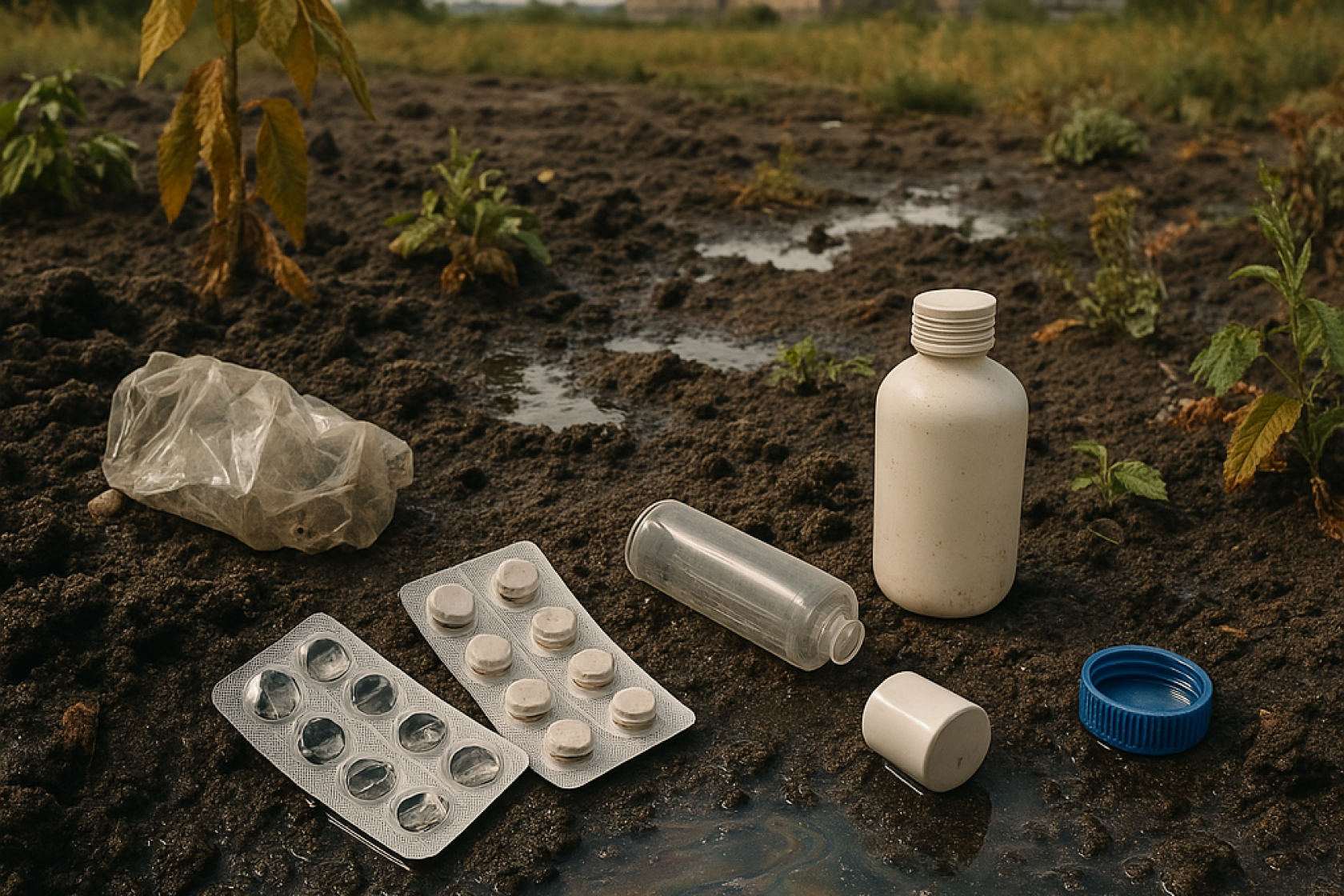How pharmaceutical residues occur, behave, and affect the soil environment
From wastewater to manure, pharmaceutical residues are quietly infiltrating our soils. This article explores how they behave, persist, and affect plant and environmental health—highlighting the urgent need for smarter monitoring and regulation.

Pharmaceuticals, used for treating or preventing diseases in humans and animals, have been identified as emerging contaminants due to their widespread presence in the environment and potential adverse effects on non-target organisms and populations. Pharmaceutical residues often find their way into soils through the continuous discharge of effluent and sludge from wastewater treatment plants (WWTPs). The discharge rate of these substances is faster than their removal, leading to their persistence in the environment. Additionally, the use of animal manure contaminated with veterinary products on agricultural land can result in soil, surface water, and groundwater contamination through runoff and leaching.
The presence and behaviour of pharmaceutical residues in the soil are influenced by various processes. These pharmaceutical residues are presumed to be readily bioavailable in soil solutions for plant uptake, with these solutions acting as carriers to transport the residues into plants. Advanced analytical techniques are being used to detect these contaminants at very low levels in the environment.
The study “How Pharmaceutical Residues Occur, Behave, and Affect the Soil Environment” by Perez-Lucas et al. provides a comprehensive overview of how pharmaceuticals behave in the soil environment, their sources, and their potential impacts. It also highlights the importance of ongoing monitoring and regulation to manage these contaminants effectively. For anyone interested in environmental health and the challenges posed by emerging pollutants, this article offers valuable insights and underscores the need for proactive measures to protect our environment.
Share this post!





